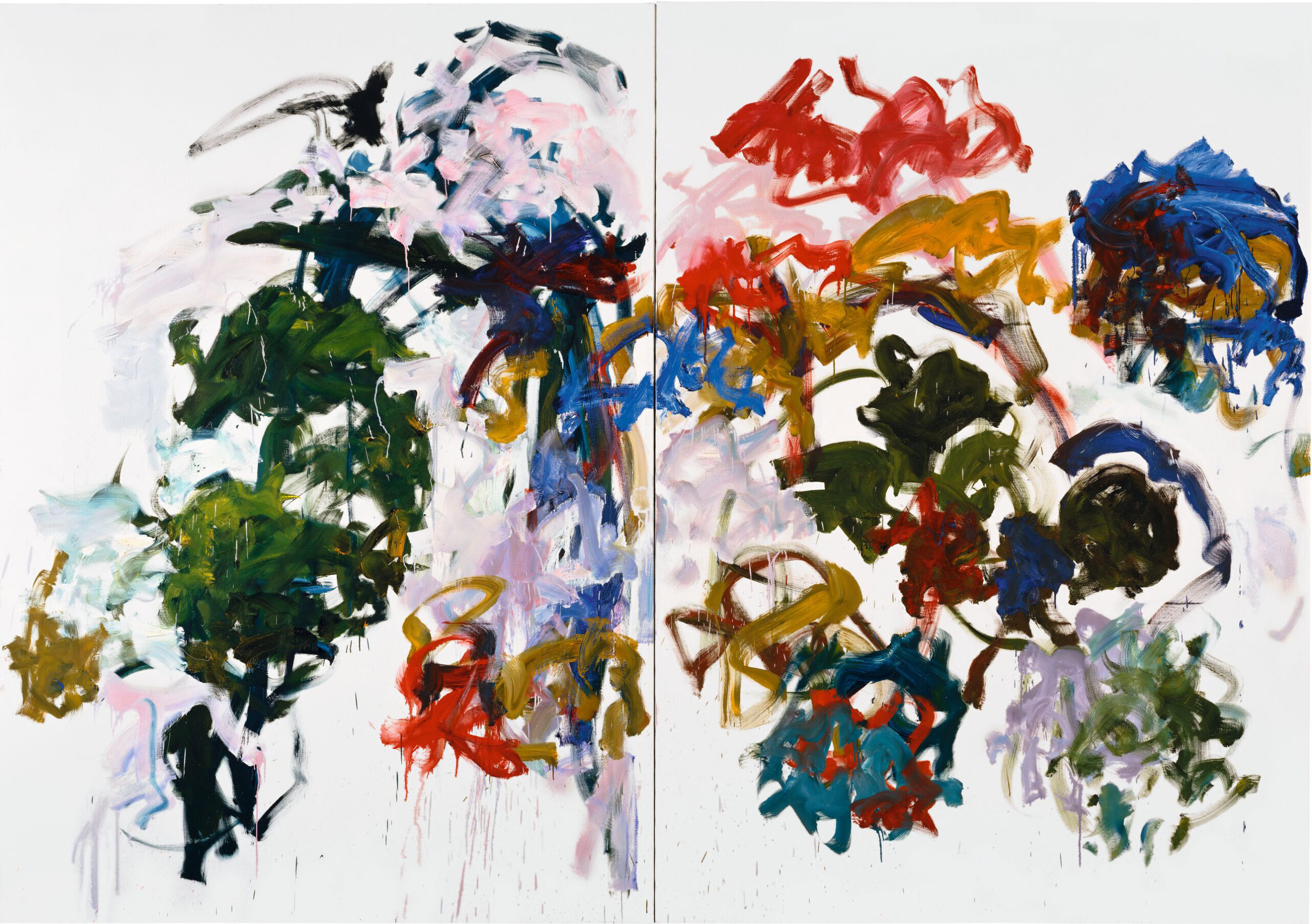Art Basel Report 2024
BASEL, SWITZERLAND
On Sunday doors closed for the last time of the 2024 edition of the world’s most important art fair, Art Basel. Held annually in its original location in Switzerland, the fair is a key indicator of the health of the top end of the art market. Top galleries, high-end collectors, representatives of renowned museums and institutions, and art enthusiasts from around flock to the little town in Switzerland to see, sell, and buy the best of 20th and 21st-century art that the market has on offer.
Art Basel has since expanded to a group of fairs including Art Basel Miami Beach in December, Art Basel Paris in October, and Art Basel Hong Kong in April and generates art-related travel of works, collectors, and galleries to the above locations. Each edition traditionally lasts a week, with the first days accessible to select invitees only and the latter part open to the general public.
As an important event for the art world, it is also a key barometer of the art market. Yet, this year’s edition pointed in several directions.
Depending on who you talk to and what articles you read, you may get a different idea of the fair’s success. While the general tone is positive and especially established art and institutionally backed emerging art thrived in Basel, others saw the consequences of a cautious market and a buyers’ market. The fact that the number of exhibitors and participating galleries is on decline the second year in a row is a direct response to the current market situation.
Yet, there are also voices saying that the shrinking of the main fair in Basel is an internal move: Is James Murdoch, main shareholder of the fair through MCH Group, deliberately cannibalizing Art Basel, Basel in favor of Art Basel, Paris? Does he want to push out of his partners, the Swiss Cantons, the uncomfortable real estate, and keep the eponymous name all for himself?
In previous years, the first few days -when the fair is open to VIPs only- decided the fair’s success. Collectors rushed in to buy off the best pieces before the fair would open to the public a few days later. This year was different, and many gallerists and collectors reported a much more tranquil beginning of the fair. Some even compared it with 1989 and following the S&L crisis, when the fair saw a record low of visitors during the crucial days.
Not only were there fewer visitors in the beginning, but especially fewer Americans hit the fair this year. While some gallerists report to have seen and sold art to important American collectors, the overall impression was of greater European presence than in previous years and that only some visitors flew in from across the Atlantic Ocean.
Since visitors did not crowd the fair as in the years before, even some top-notch prices were allegedly negotiable and ensured that sales kept flowing. And sales really did flow for established artists and their masterpieces: David Zwirner sold Joan Mitchell’s Sunflowers (1990-91) for 20 million USD on the first day. Hauser & Wirth sold Arshile Gorky’s Untitled (Gray Drawing (Pastoral)), from 1946-47, for 16 million USD and a Louise Bourgeois sculpture for 3.5 million USD. Pace Gallery sold for an undisclosed price a masterpiece by Agnes Martin that was said to have been among the priciest works of the fair. How many of these works were pre-sold before the fair? We do not know. The following days sales slowed down as was expected, still, the overall sentiment was relief as many expected a worse fair than it was.


